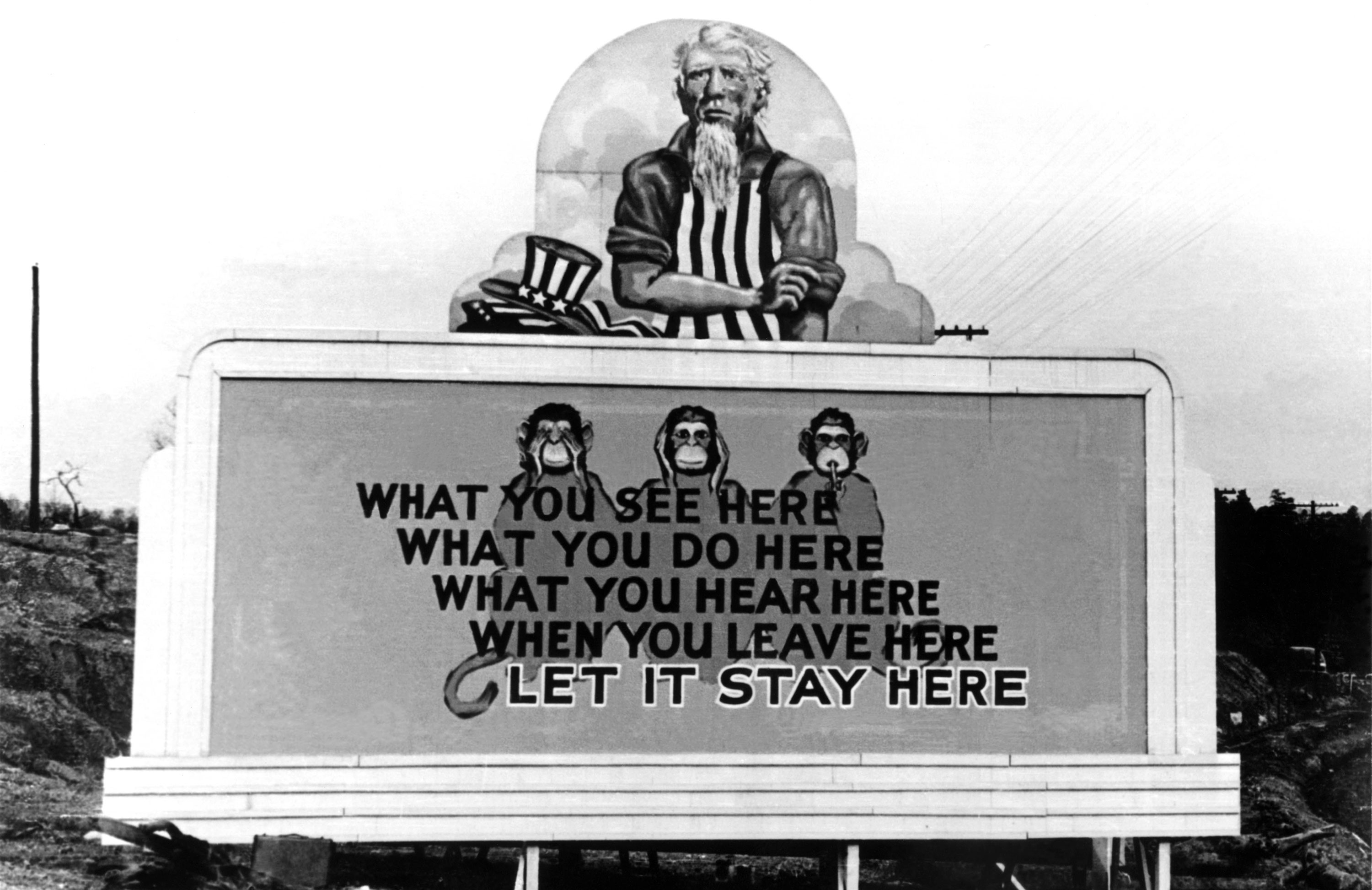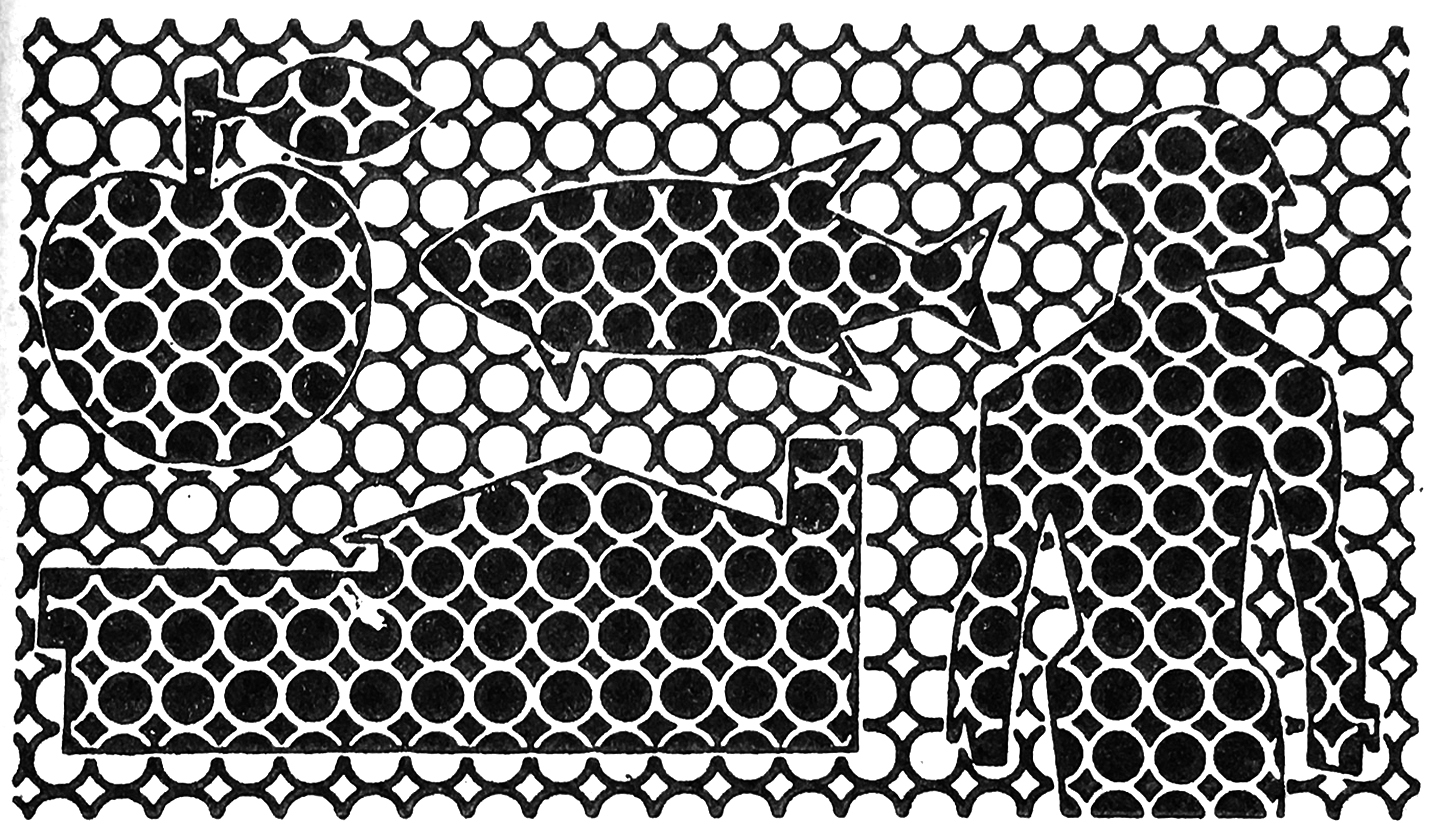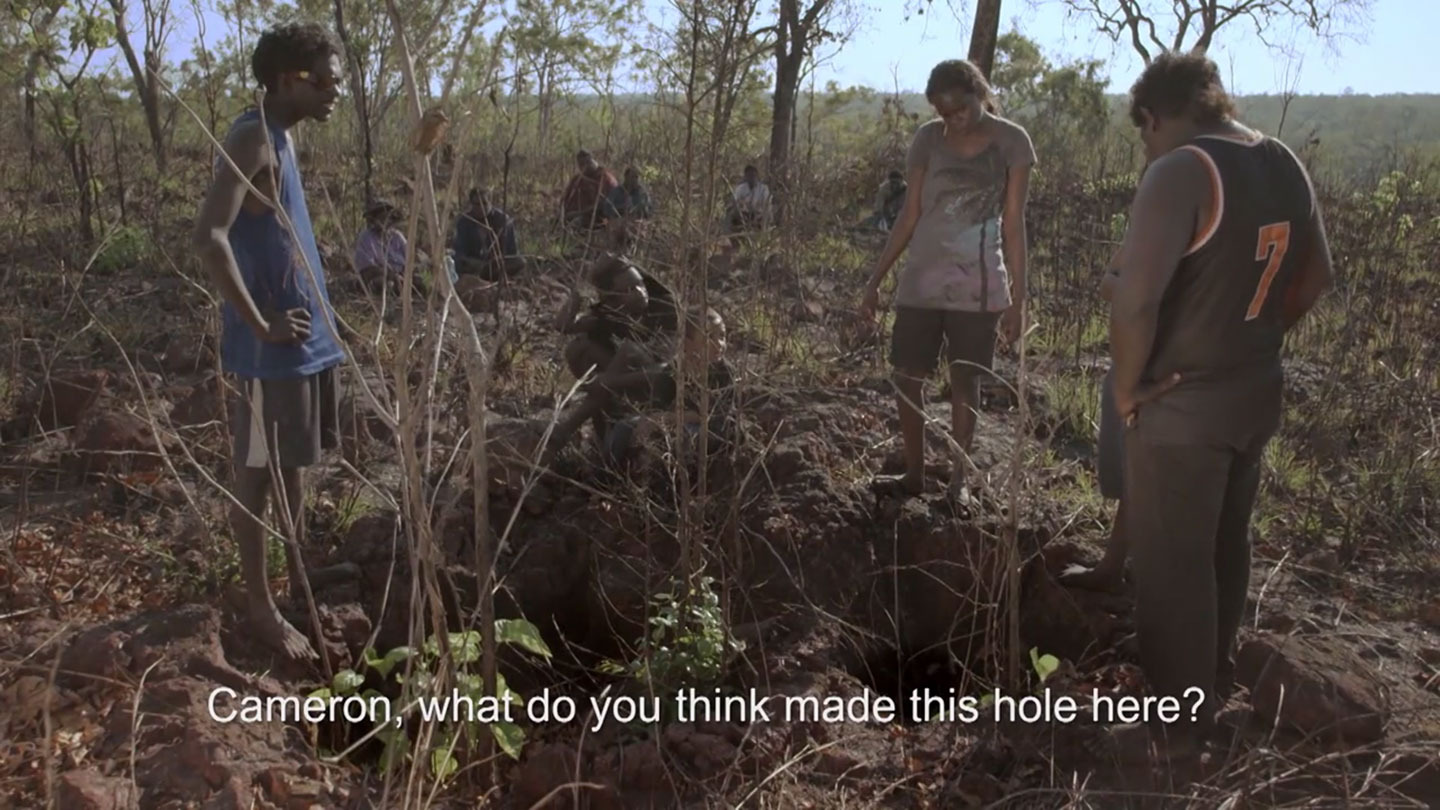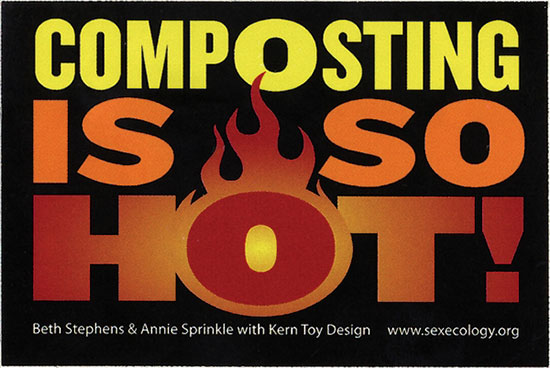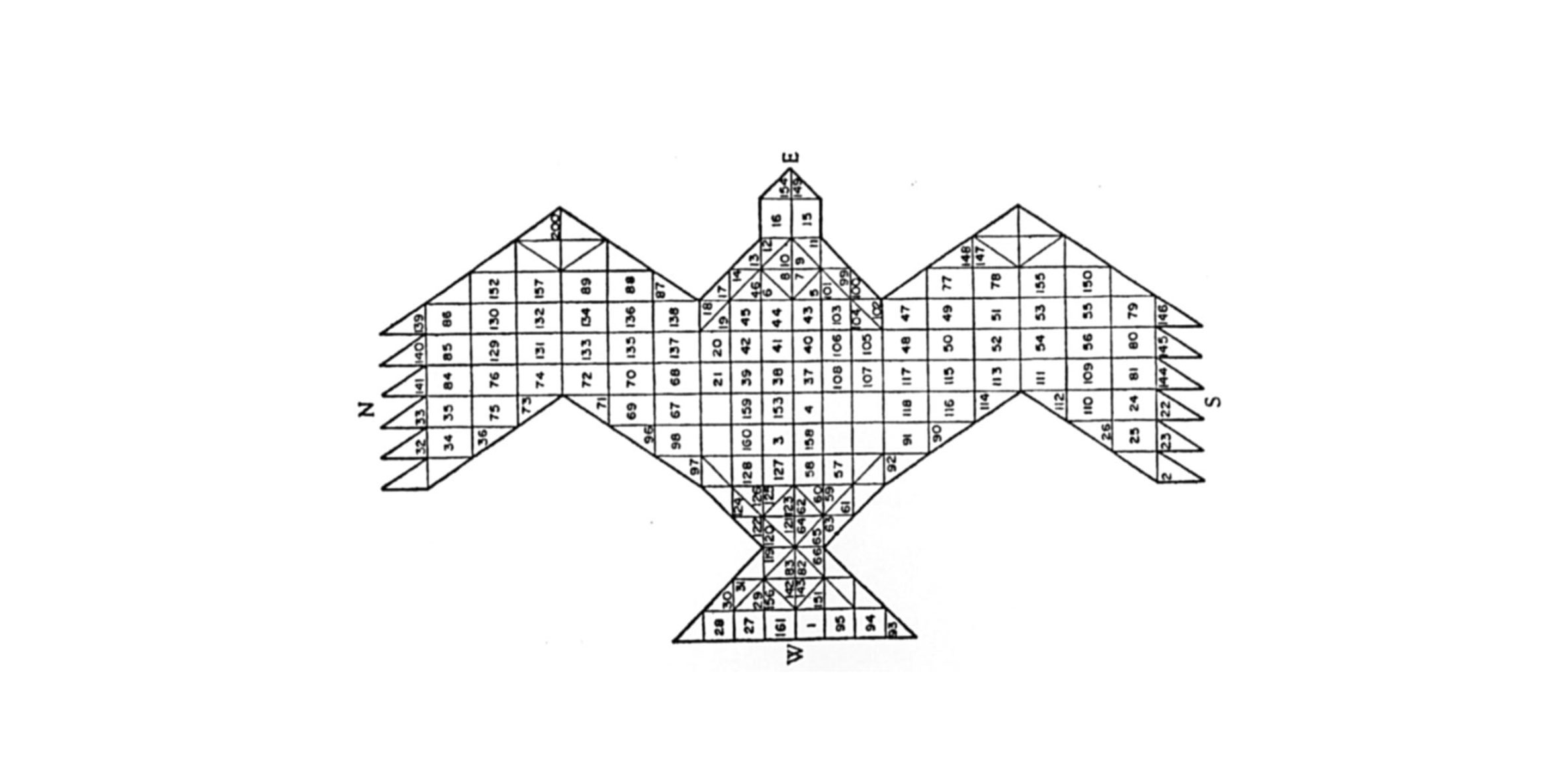Apocalypse

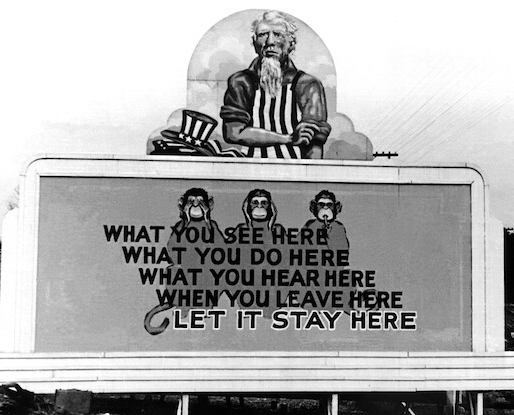
“Apocalypse” (Gr.): an unveiling, a revealing. In Christian eschatology, this was a linear process unfolding towards, albeit never reaching, the end of human time. But, to unveil is also to lift the curtain upon the limits of our world, expose the stage scaffolding, the conceptual and ideological constructs that hold it all up.
As humanity asymptotically approaches an end, the notion of “we” seems to dissolve. The light in our egocentric and anthropocentric eyes dims, replaced by perceptual apparatus: capital, sensor, algorithm.
Can we hear, rustling in the wings, the chthonic deities, eager to (re-)inherit the demesne from which they were so very rudely exiled?
Does climate change instantiate the “Kantian gap” between phenomenon and thing-in-itself, or rather actualize the Kantian correlation between mind and world, of which the thing-in-itself is the irrelevant remainder? As Déborah Danowski and Eduardo Viveiros de Castro have argued, “We can see the irony of our predicament as that of a catastrophic terrestrial objectivation of the correlation”—in other words, “human thought, materialized as a giant technological machine of planetary impact, effectively and destructively correlates the world.” If the productive abstractions of modern technoscience—this weaponized, transformative, operative logos—have remade the world, they have done so through the “actually existing linearity” of GDPs and CO2 levels.
The Desert does not refer in any literal way to the ecosystem that, for lack of water, is hostile to life. The Desert is the affect that motivates the search for other instances of life in the universe and technologies for seeding planets with life; it colors the contemporary imaginary of North African oil fields; and it drives the fear that all places will soon be nothing more than the setting within a Mad Max movie. The Desert is also glimpsed in both the geological category of the fossil insofar as we consider fossils to have once been charged with life, to have lost that life, but as a form of fuel can provide the conditions for a specific form of life—contemporary, hypermodern, informationalized capital—and a new form of mass death and utter extinction; and in the calls for a capital or technological fix to anthropogenic climate change.
If Google Earth or a satellite view of the garbage patch proves to be an impossible undertaking, it is because the plastics suspended in oceans are not a thick choking layer of identifiable objects but more a confetti-type array of suspended plastic bits. Locating the garbage patch is on one level bound up with determining what types of plastic objects collect within it and what effects they have. Yet on another level, locating the garbage patch involves monitoring its shifting distribution and extent in the ocean. The garbage patch is not a fixed or singular object, but a society of objects in process. The composition of the garbage patch consists of plastics interacting across organisms and environments. But it also moves and collects in distinct and changing ways due to ocean currents, which are influenced by weather and climate change, as well as the turning of the earth (in the form of the Coriolis effect) and the wind-influenced direction of waves (in the form of Ekman transport). As an oceanic gyre, the garbage patch moves as a sort of weather system, shifting during El Niño events, and changing with storms and other disturbances. Ocean sensing then requires forms of monitoring that work within these fluid and changeable conditions.
Parmigianino’s painting suggests that finding orientation should be conceived as a fundamentally tactile, sensuous, nonvisual matter (and, considering the pedophilic gaze impelled by the picture, a rather disconcerting one too). The boy’s hand, more than his vision, is the navigational device par excellence. It also serves as a precedent for another infamous hand of a boy with “a passion for maps” some four centuries later. Charlie Marlow, the narrator of Joseph Conrad’s 1899 Heart of Darkness, recalls his childhood dreams of “blank spaces on the earth.” “And when I saw one that was particularly inviting on a map,” Marlow muses, “I would put my finger on it and say, ‘When I grow up I will go there.’” Both hands, first in the sixteenth-century painting and then in the turn-of-the-twentieth-century novel, point to an evolving set of protocolonial, colonial, and neocolonial gestures that continue to inform geopolitical visual cultures. The hand is used as a scaling device, allowing one to literally touch the cartographic representations of often vast geographical areas, thereby making available an individual bodily experience of exploration, travel, and possession. In the mind deformed by colonialism, the touching of the map anticipates the grabbing of the land.
What people call “AI” is actually a long historical process of crystallizing collective behavior, personal data, and individual labor into privatized algorithms that are used for the automation of complex tasks: from driving to translation, from object recognition to music composition. Just as much as the machines of the industrial age grew out of experimentation, know-how, and the labor of skilled workers, engineers, and craftsmen, the statistical models of AI grow out of the data produced by collective intelligence. Which is to say that AI emerges as an enormous imitation engine of collective intelligence. What is the relation between artificial intelligence and human intelligence? It is the social division of labor.
